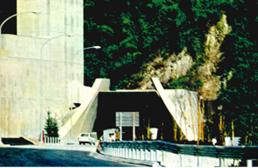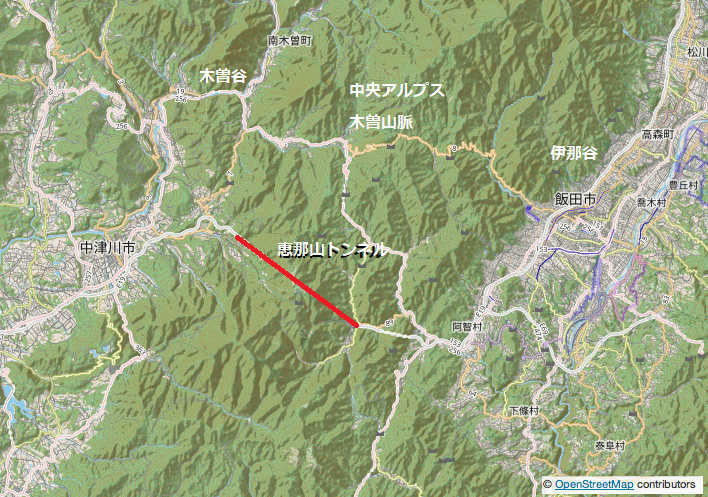
I have been involved in Ventilation control of road tunnels for about 50 year and started Sohatsu Systems Laboratory for more than 20 years ago. I will supplement my unreliable memories with records of literatures and other materials and make note as Sohatsu memorandum.
In 1967, after completed my Master’s degree in Engineering at Kyoto University, I joined Mitsubishi Electric Corporation, and was assigned to the Central Research Laboratory. At the Central Laboratory, Dr. O’s lab I was in charge for circuit analysis of thyristor inverters. After that, I moved to the System Department, where I started researching road traffic flow theory under the guidance of Professor N of Kyoto University. Focusing on the similarity between road traffic networks and electric circuit networks, I worked on formulating a balanced solution of traffic flow distribution and tried a numerical solution.
In 1973, at the end of that year, Mr. S, Director of Public sales at the headquarters of Mitsubishi Electric Corporation, made a surprise visit to me at the Central Research Laboratory. Since I Joined the company, I had never interacted with anyone outside the Central Research Institute, so I was surprised what made director to come to our lab. Our director has received an order for a complete set of electrical equipment for the Enasan Tunnel, and was about to form project team. “The team is almost complete, but we are struggling to find someone to control the ventilation in road tunnel. According to director, he has heard that there is extraordinary/eccentric engineer at the Central Research Institute who is doing research on roadway traffic flow. He said that my boss has already agreed and obtained the approval. This sudden visit made me deeply involved in the ventilation control of the Enasan tunnel.
The Enasan Tunnel was selected as the route of the Japan Highway Public Corporation Central Expressway (Present: Central Expressway) connecting Inadani in Nagano prefecture and Kisodani in Gifu prefecture. The Kiso mountains, called Central Alps, lie between the Ina and Kiso valleys. Enasan (2190 m) is at the southern end of the Kiso Mountains, and the Enasan Tunnel is located at the northern foot of Enasan, connecting Iida City, Nagano Prefecture, and Nakatsugawa City, Gifu Prefecture. The Enasan Tunnel(8.7km), the most difficult construction of the Central Expressway, was opened to traffic in 1975 after 8 years of construction.


Until then, full-fledged road tunnel had been service in our country, including the Kanmon Tunnel(3.5km) in 1958 and the Tennozan Tunnel(1.4km) in 1963, but the Enasan Tunnel was the first long mountain tunnel in Japan. At that time, the longest tunnel in the world was Mont Blanc Tunnel(11.6km) connecting France and Italy, opened for traffic in 1965.
In Japan, when Enasan Tunnel was opened for traffic, it was not only the best but second-best tunnel in the world.
The ventilation system for the Enasan Tunnel was based on the same lateral flow ventilation system as that used in the Mont Blanc Tunnel, based on previous experience. Specifically, it was the first Exhaust and blower fan in the world to adopt variable air flow control by controlling the number of revolutions of the thyristor motor.
Reference Literature:
[1] Japan Highway Public Corporation Nagoya Construction Bureau “Enasan Tunnel Construction Magazine” July 1977
[2] Mitsubishi Electric Technical Report Vol. 49, No. 12 “Special Issue on Electricity for Road Tunnels” December 1975
Enasan Tunnel Photo quoted from the cover of “Mitsubishi Electric Technique”

